A Moment of Silence in the Heart of Hanoi: Visiting the Ho Chi Minh Mausoleum
- Saturday, Apr 12, 2025, 14:43 (GMT+7)
A Moment of Silence in the Heart of Hanoi: Visiting the Ho Chi Minh Mausoleum
The first time I stood before the Ho Chi Minh Mausoleum, the morning mist was still lifting off the quiet square of Ba Dinh Square, and a gentle breeze moved through the green bamboo lining the paths. The sky was soft and blue, and everything around me seemed to hold its breath. In that moment, it didn’t feel like I was visiting just another tourist destination. I felt like I was entering a place where time stopped – where memory, reverence, and identity stood still, waiting for each traveler to step into their silence.
The Ho Chi Minh Mausoleum isn’t a place that shouts for your attention. It doesn’t glitter with modern design or dazzle with vivid colors. It stands tall and square, quiet and firm, like the man it was built to honor. Its gray granite facade echoes the modesty and strength of President Ho Chi Minh, the beloved leader of Vietnam, whose legacy stretches far beyond the country’s borders.
Set in the center of Hanoi, the mausoleum feels like the heart of the city – but not the noisy, chaotic heart you might expect. Here, everything slows down. There’s order, calm, and a deep respect in the air. The contrast with the surrounding buzzing streets is stark, and yet, perfectly balanced. It's like Hanoi knows to quiet its soul when you're standing here.
As you join the line of visitors – both Vietnamese and foreign – moving slowly toward the entrance, you begin to sense something different. The silence is collective, but it doesn’t feel heavy. It feels sacred. Guards in white ceremonial uniforms move in rhythmic precision. The path is lined with trimmed hedges and flowers, and every step you take feels intentional, guided not just by the walkway but by something larger – a shared consciousness, a collective gratitude.
Inside the mausoleum, it’s dim. The air is cool and still. And there, illuminated beneath a glass case, lies President Ho Chi Minh himself – perfectly preserved, at peace. His face is calm, almost smiling. It’s impossible not to be moved. For many Vietnamese, this is more than a visit. It’s a pilgrimage. For travelers, it’s a rare window into the soul of a nation.
But the story doesn’t end at the mausoleum. Once you step outside, a world of quiet intimacy opens up around you. Just a short walk away is the Bac Ho stilt house – the simple wooden home where President Ho Chi Minh lived and worked during the final years of his life. The contrast is striking: after seeing the grandeur of the mausoleum, here you see how simply he chose to live.
Wooden furniture, old fans, neatly folded blankets – everything about the house whispers of humility. The small fish pond where he used to feed the fish still glistens in the sunlight, surrounded by the greenest garden you’ve seen. It’s peaceful, personal, and touching. You can almost imagine him walking along those paths, hands behind his back, deep in thought.
There’s also the Presidential Palace, bright and colonial in style, a symbol of power and status that President Ho Chi Minh humbly declined to live in. Instead, he turned it into a place for official meetings, choosing instead his modest stilt house nearby. Every detail of the complex tells a story, not just of a leader, but of a philosophy – a deep belief in simplicity, people, and integrity.
What struck me most wasn’t the architecture or the grandeur, but the emotion. You don’t expect to feel emotional in a historical complex. But here, you do. You feel connected. You feel thoughtful. And perhaps, you feel grateful – not just to witness a nation’s history, but to feel part of it, even briefly.
The Ho Chi Minh Mausoleum is open most mornings from Tuesday to Sunday, typically from 7:30 AM to around 10:30 AM. If you want to truly enjoy the atmosphere, I suggest going early – around 7:00 AM – when the sunlight is soft, and the lines are shorter. Wear modest clothes. Long pants and covered shoulders are expected, as a sign of respect. You won’t be allowed to carry big bags or take photos inside the mausoleum, so prepare accordingly. This isn’t a place to pose – it’s a place to pause.
The entrance is free, but be ready to queue. Don’t worry – it moves steadily. And sometimes, it’s in those slow-moving lines that you notice the most: a grandmother whispering a story to her grandson, a young couple holding hands silently, a group of students in uniform, wide-eyed with awe.
After the visit, take a slow stroll around Ba Dinh Square, where President Ho Chi Minh once read the Declaration of Independence in 1945, marking the birth of modern Vietnam. Sit under a tree, sip a cup of iced tea from a nearby vendor, and let it all sink in. This isn't a trip you’ll want to rush.
There’s a reason why every Vietnamese schoolchild grows up knowing about the Mausoleum. There’s a reason why millions visit every year. But beyond the facts, beyond the guided tours and photo books, what makes this place unforgettable is how it makes you feel.
It teaches you that greatness can come from simplicity. That leadership can be gentle. That history doesn’t have to be cold and distant – it can be warm, alive, and waiting for you to walk into it.
So if you find yourself in Hanoi, don’t just check this place off your list. Let it be a morning where you slow down, look closer, and feel deeper. Let it be the kind of memory that lingers, long after the photos fade.
Because in the end, what we take from places like this isn’t just knowledge. It’s perspective. It’s inspiration. And sometimes, it’s the quiet reminder that even the smallest gestures – a handwritten note, a pair of worn sandals, a home by a fish pond – can echo through generations.

 CHECKIN.VN
CHECKIN.VN

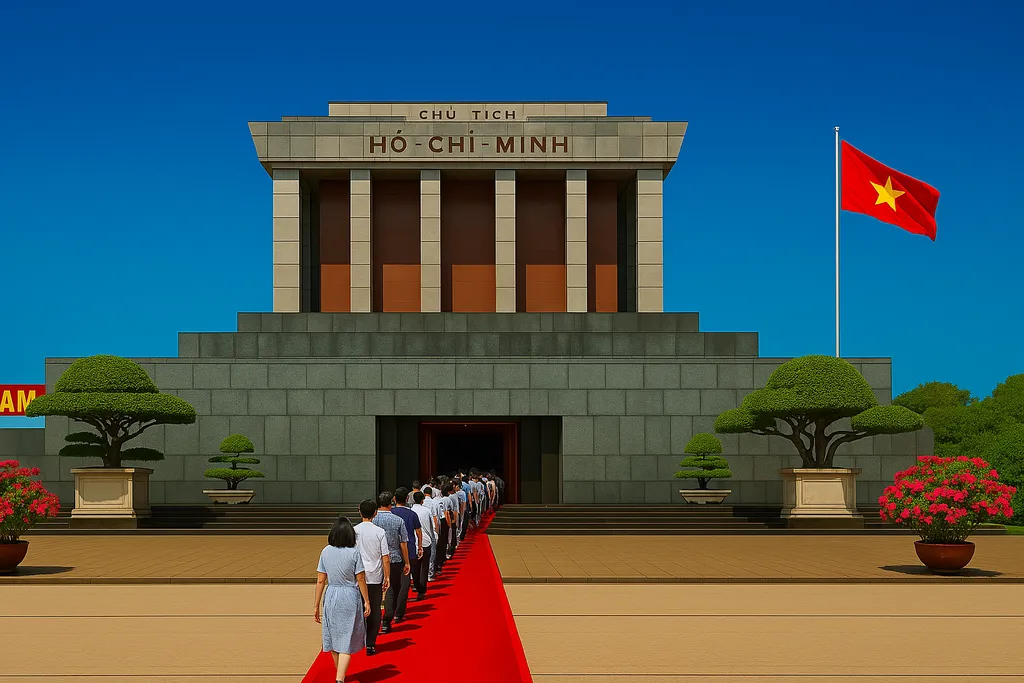
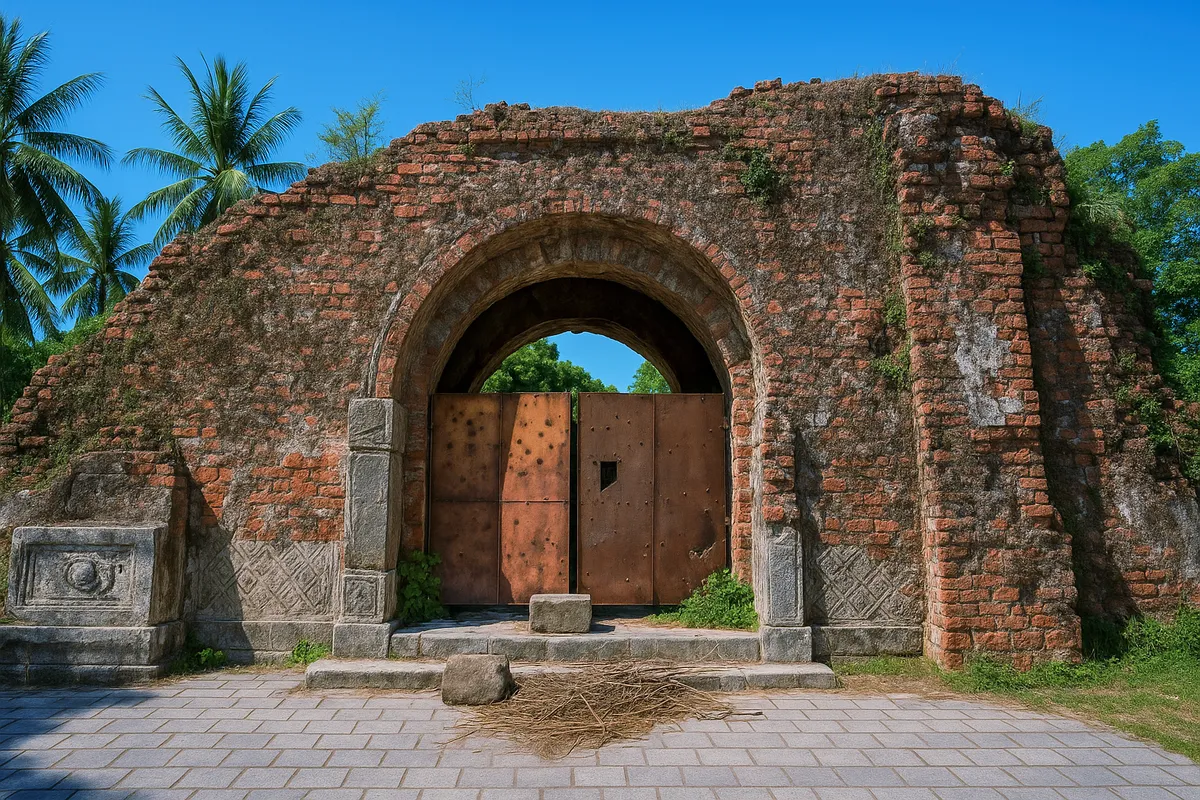

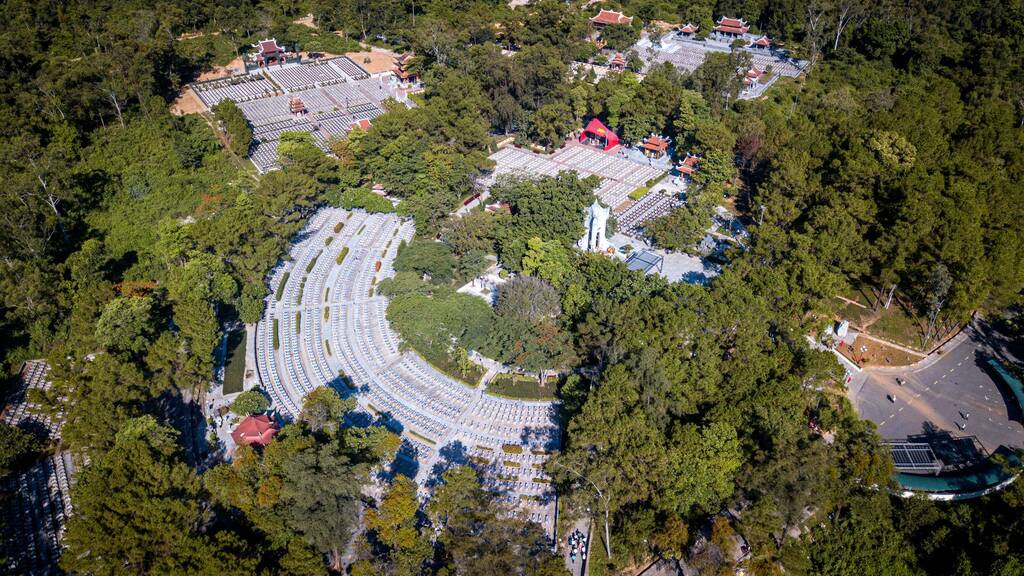
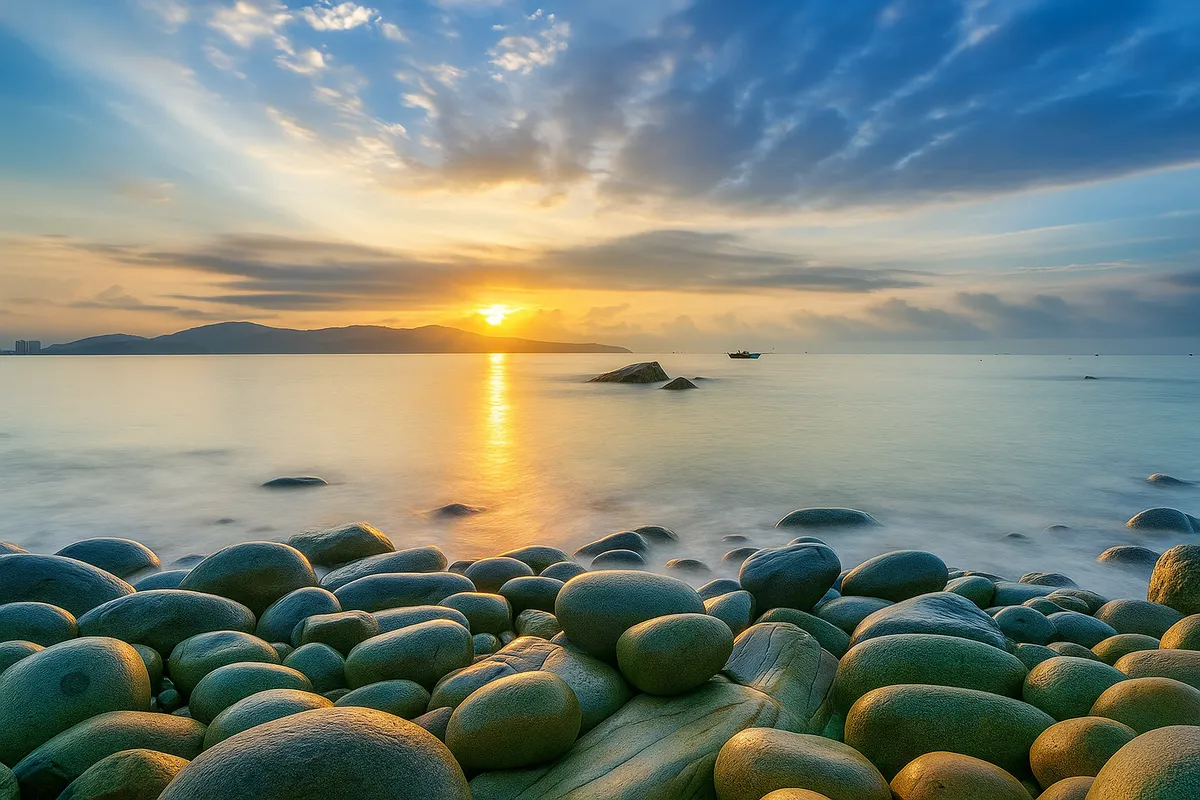
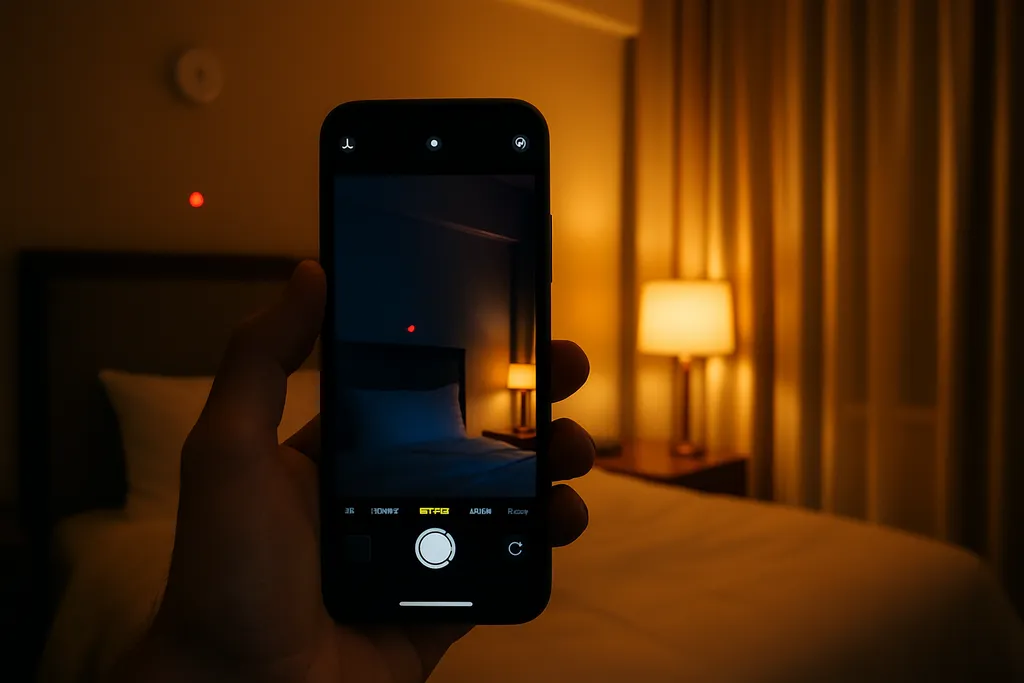
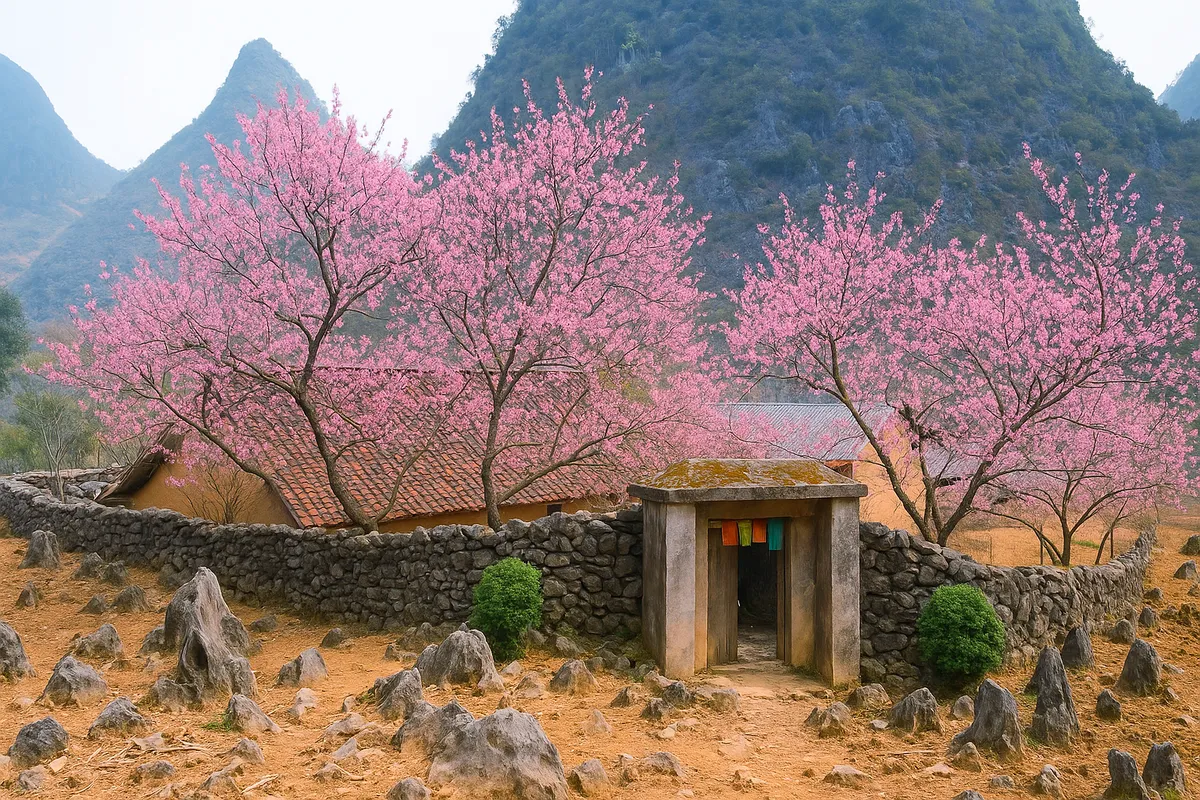
Share on